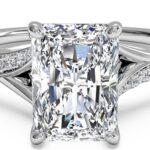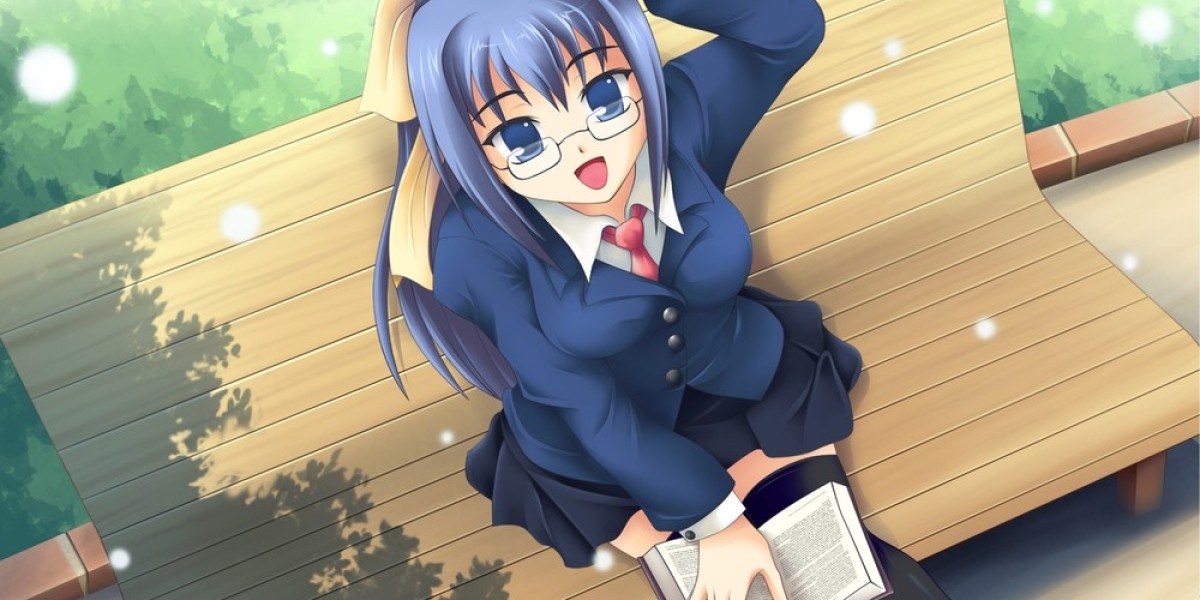Introduction:
The Bisht, a symbol of dignity and regality that dates back centuries. Has been worn by both nobles and royals and is a product of the rich culture of the Arabian Peninsula. Its distinctive silhouette and opulent fabric pay homage to a richly traditional past while simultaneously exuding a sense of grandeur. Each Bisht is a work of art, and the fine craftsmanship that goes into making them emphasizes that they are more than just a piece of apparel; they are symbols of sophistication, honor, and legacy. The particular attention to detail that makes this extraordinary garment stand out is demonstrated by the thoughtful selection of materials. Such as cashmere or wool, and the elaborate embroidery or trimmings.
A Cloak with a Rich History:
The bisht, additionally spelled “shrubbery, besht, or bosh,” is a long shroud worn by men across the Middle Eastern Promontory, especially in nations like Saudi Arabia, Oman, Yemen, and the Unified Bedouin Emirates. This notorious garment is well established ever, with beginnings tracing all the way back to pre-Islamic times.
Verifiable records propose that the bisht advanced from the antiquated Middle Eastern desert clothing. Which was intended to safeguard its wearers from cruel atmospheric conditions and the blowing sands of the desert. After some time, this functional piece of clothing changed into an image of economic wellbeing. And respectability, enhancing the shoulders of lords, ancestral pioneers, and dignitaries.
The Significance of the Bisht:
The bisht is something beyond a garment; it conveys critical social, social, and verifiable significance in Middle Eastern culture. Here are a portion of the key viewpoints that make the bisht an image of notoriety and custom:
- Image of Power: The bisht has for some time been related with power and authority. It is much of the time worn during formal events, like functions, weddings, and official gatherings, to mean the wearer’s raised status and position in the public arena.
- Social Character: Various locales of the Bedouin Promontory have their own varieties of the bisht, with varieties in plan, texture, and weaving. The decision of bisht can mirror an individual’s social character and local affiliations.
- Generational Association: Passing down a bisht starting with one age then onto the next is a loved practice in Bedouin families. These treasure pieces of clothing convey the tales and traditions of predecessors and act as an association with the past.
- Weddings and Festivities: The bisht assumes an unmistakable part in wedding services and different festivals. Grooms frequently wear a complicatedly planned bisht as an image of their new job and obligations.
- Political and Formal Occasions: Pioneers and dignitaries from Middle Eastern countries frequently wear the bisht during discretionary and formal occasions. Its presence means their singular status as well as the social lavishness of their particular nations.
The Anatomy of a Bisht:
A conventional bisht is a striking piece of craftsmanship, with particular elements that put it aside from different articles of clothing. Here are the key parts that make up a common bisht:
- Texture: The bisht is regularly produced using great fleece, which offers warmth and solidness. In any case, varieties can likewise be tracked down in silk or engineered materials. The decision of texture can differ contingent upon the event and environment.
- Length: A bisht is long, ordinarily arriving at down to the wearer’s lower legs. Its liberal length adds to its majestic appearance and guarantees full inclusion.
- Variety: Conventional bishts are dark, representing authority and poise. Be that as it may, different varieties might be worn, particularly during bubbly events. The inward covering of a bisht can likewise highlight different tones and examples.
- Collar: The neckline of a bisht is frequently enhanced with many-sided weaving, which can be a wellspring of pride and personality. These plans might differ by area and individual inclination.
- Fasten: A bisht is gotten at the front with a brightening catch known as a “mighfar.” This metal or beautiful piece adds an exquisite touch and fills a practical need.
- Embellishments: Elaborate bishts may highlight extra embellishments, like gold or silver strings, sequins, and brightening sewing. These subtleties upgrade the general appearance of the shroud.
The Bisht in Modern Times:
While the bisht remains well established in custom, it has additionally advanced to adjust to current ways of life and style. Today, you can track down contemporary varieties of the bisht that take care of a more extensive crowd, both inside the Bedouin Landmass and then some. Here are a few manners by which the bisht has influenced the cutting edge world:
- Style Proclamations: The bisht has roused planners and design devotees around the world. Contemporary variations and combination styles have arisen, permitting people to integrate the great polish of the bisht into their ordinary clothing.
- Worldwide Prevalence: On account of its exceptional stylish allure, the bisht has acquired notoriety past the Bedouin Promontory. It is currently a pursued design thing among the people who value its social importance and immortal magnificence.
- VIP Support: Superstars, both from the Bedouin world and universally, have embraced the bisht as an image of refinement and style. Its appearance on red rugs and in design magazines has additionally moved its prevalence.
- Extraordinary Events: While the bisht is frequently connected with formal occasions, it is additionally worn on exceptional events like Eid festivities and strict services. It keeps on being a darling piece of clothing during merry seasons.
- Social Trade: The bisht fills in as a social scaffold, permitting individuals from various foundations to appreciate and figure out the legacy of the Middle Eastern Promontory. Its presence in global style shows and presentations grandstands the imaginativeness and craftsmanship behind this customary shroud.
Preserving the Legacy of the Bisht:
Similarly as with numerous conventional pieces of clothing, there is a coordinated work to protect the inheritance and craftsmanship of the bisht. Craftsmans and specialists keep on making these immortal pieces of clothing with a similar devotion and tender loving care as their ancestors. Furthermore, historical centers and social organizations in the Bedouin Promontory frequently include presentations that feature the importance and imaginativeness of the bisht.
Conclusion:
The bisht remains as a demonstration of the persevering through social legacy of the Middle Eastern Promontory. Its set of experiences, importance, and class keep on spellbinding the people who value the imaginativeness and craftsmanship behind this customary article of clothing. Whether worn to connote authority and esteem or embraced as an image of social personality. The bisht stays a notable piece of Middle Eastern culture that rises above time and style. A living heritage proceeds to motivate and charm admirers around the world, a genuine shroud of Middle Eastern eminence.











